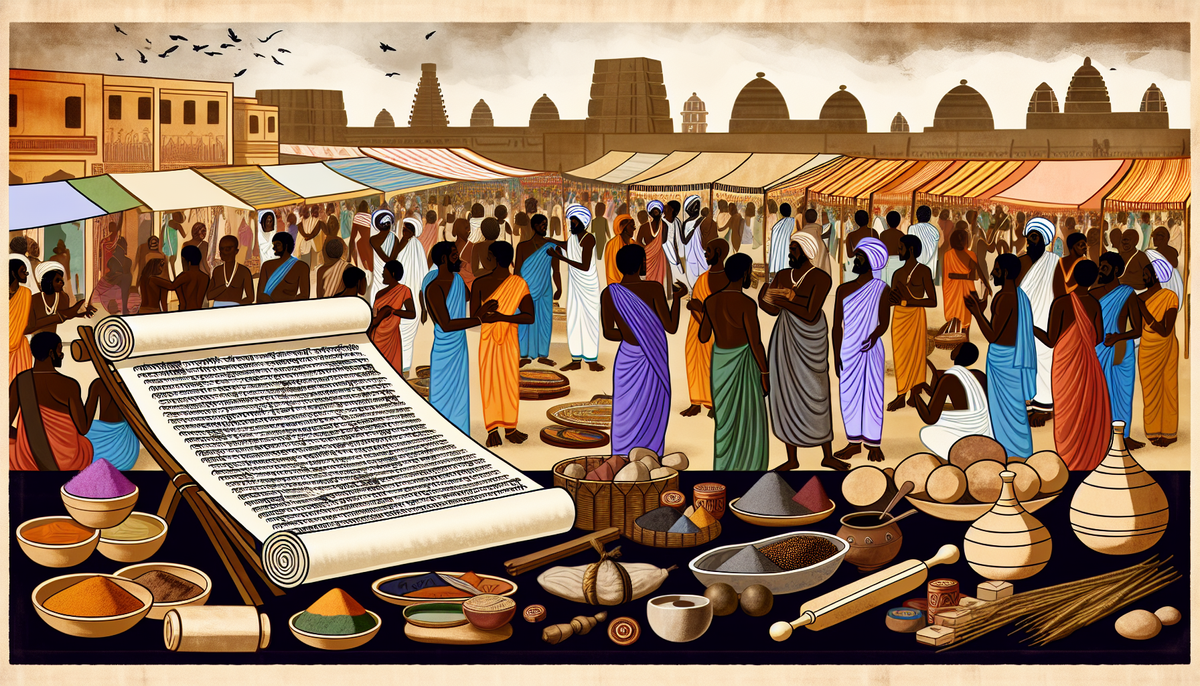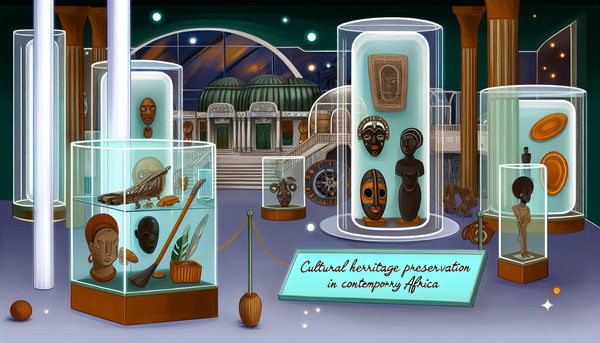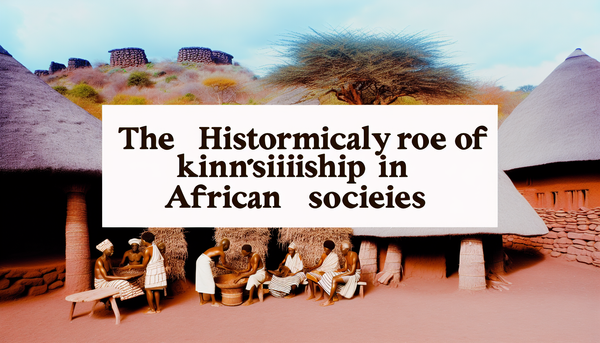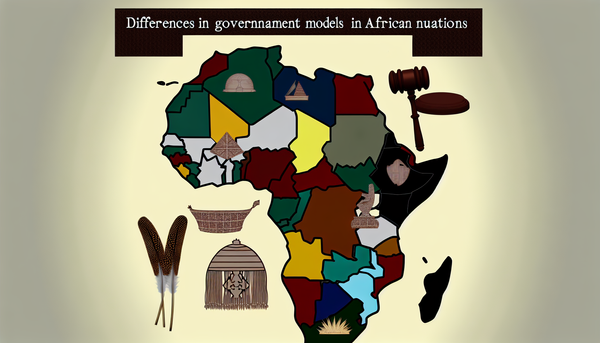Sanskrit in Ancient Africa: Trade and Cultural Exchange

Introduction to Ancient Trade Routes Linking Africa and Asia
The ancient world was characterized by a complex web of trade routes that connected diverse civilizations, enabling the exchange of goods, ideas, and cultures. Among these routes, those linking Africa and Asia played a significant role in shaping the histories of both regions. The emergence of these trade paths was driven by the need for valuable resources such as gold, spices, textiles, and raw materials, which were abundant in different areas of the two continents.
One of the most notable routes was the Silk Road, which extended from China to the Mediterranean, crossing various territories. Similarly, the Trans-Saharan trade routes facilitated exchanges between West Africa and North Africa, while maritime routes connected the coastal regions of East Africa with the Arabian peninsula and beyond. These interactions brought not only commodities but also cultural aspects, including language, religion, and technological advancements.
Sanskrit, the classical language of India, found its way into these exchanges through maritime trade, especially along the Indian Ocean. This introduction laid the groundwork for various mutual influences that would emerge over time, illustrating how trade and cultural exchange were essential to the interconnectedness of ancient civilizations. Ultimately, these historical pathways contributed significantly to the richness and diversity of both African and Asian societies.
The Role of Sanskrit in Facilitating Barter and Communication
Sanskrit, as one of the oldest languages in the world, served as a crucial medium of communication among traders and scholars in the ancient world. Its use transcended regional boundaries, fostering an environment conducive to barter and interaction between diverse cultures. As trade flourished across the Indian Ocean and into Africa, Sanskrit became a practical tool for facilitating dialogue and understanding between merchants of various ethnicities and linguistic backgrounds.
Through its rich vocabulary and structured grammar, Sanskrit enabled traders to articulate complex concepts related to commerce, navigation, and cultural practices. This linguistic exchange facilitated smoother transactions and helped establish trust between parties. Merchants often employed Sanskrit to write trade agreements, document transactions, and record inventories, thereby creating a framework for economic relationships that crossed cultural lines.
Moreover, Sanskrit was intertwined with philosophical and religious teachings, spreading ideas that influenced local belief systems in Africa. This cultural exchange through language enriched the interactions, allowing for a more profound understanding of one another’s practices and traditions. Thus, the role of Sanskrit transcended mere communication; it became a vital instrument in fostering economic growth and cultural integration, demonstrating the power of language in shaping ancient trade dynamics.
Archaeological Evidence of Sanskrit Influence in African Cultures
Archaeological excavations in various regions of Africa have uncovered compelling evidence of Sanskrit's influence, shedding light on the extent of cultural exchange between the Indian subcontinent and the African continent. Sites along the East African coast, particularly in regions like Zanzibar and Mombasa, have revealed inscriptions in Sanskrit on ancient artifacts such as pottery, coins, and inscriptions dating back to the first millennium CE.
One notable find includes an array of trade goods believed to have been exchanged between merchants from India and local African communities. These artifacts often bear markings that align with Sanskrit script, indicating the presence of Indian traders who communicated in this ancient language. Additionally, the discovery of stone tablets inscribed with Sanskrit prayers and mantras suggests that Indian cultural practices were not only transmitted through trade but also integrated into local traditions.
Furthermore, the linguistic traces of Sanskrit can be observed in the Swahili language, which evolved from a blend of Bantu and Arabic influences, along with lexical contributions from Sanskrit. This fusion reflects the sustained interactions between Indian traders and East African coastal communities, illustrating the depth of cultural and linguistic exchange. Overall, archaeological findings underscore the profound impact of Sanskrit on African cultures, enriching their historical narrative and emphasizing a shared heritage.
Comparative Study of Linguistic Elements Between Ancient African and Asian Languages
A comparative study of ancient African and Asian languages reveals fascinating linguistic parallels and influences shaped by centuries of cultural exchange. By examining phonetics, vocabulary, and structural similarities, researchers can discern connections that highlight the interactions fostered by trade and migration.
One significant area of comparison lies in the phonetic systems of both regions. For instance, several Bantu languages, prevalent in East and Southern Africa, exhibit consonant sounds that bear resemblance to those found in Sanskrit. This similarity hints at possible linguistic exchanges that emerged through contact between speakers of these languages, particularly along trade routes.
Additionally, the borrowing of vocabulary is prominent in this comparative study. Terms related to trade, agriculture, and daily life reflect shared experiences. Words of Indian origin related to textiles, spices, and maritime navigation have made their way into various African languages, especially in coastal areas where trade was most prominent.
Moreover, grammatical structures in some African languages show influences from ancient Asian languages, suggesting deeper intercultural connections. By analyzing these linguistic elements, scholars not only gain insight into the historical interactions between these regions but also appreciate the rich tapestry of language evolution influenced by trade, migration, and cultural exchange. This study ultimately enriches our understanding of human connectivity across continents.
Impact of Asian Religions and Philosophies on African Societal Structures
The interaction between Asian religions and philosophies and African cultures has left a significant imprint on societal structures across the continent. As traders and missionaries traveled along ancient trade routes, they brought with them a wealth of religious ideas and philosophical concepts that profoundly influenced local belief systems, governance, and social practices.
One of the most notable impacts has been the introduction of Buddhism and Hinduism, especially along the East African coast where Indian merchants settled. These religions introduced new ethical frameworks, rituals, and community values, which often blended with indigenous African traditions. For instance, the emphasis on karma and dharma in Hindu philosophy resonated with existing African concepts of morality and social responsibility.
Additionally, the spread of Asian religions contributed to the establishment of new social hierarchies and governance structures. The incorporation of spiritual leaders and practices into political systems fostered a sense of unity and cultural identity, often resulting in the formation of new social classes centered around religious authority.
Furthermore, the philosophical ideas of interconnectedness and harmony found in these Asian traditions encouraged community cohesion and collective responsibility, fostering societal resilience. In essence, the engagement of African cultures with Asian religions and philosophies enriched the continent's social fabric, promoting diversity and adaptability within its evolving societal structures.
Legacy and Long-term Effects of Early Cultural Exchanges
The early cultural exchanges between Africa and Asia have left a profound legacy that continues to shape contemporary societies. These interactions, marked by the exchange of trade goods, languages, religions, and ideas, laid the groundwork for a rich tapestry of cultural diversity that both regions enjoy today.
One major long-term effect has been the blending of linguistic elements. Languages such as Swahili, which incorporates Arabic, Persian, and even Sanskrit influences, reflect this dynamic history of intercultural dialogue. This linguistic fusion continues to be a vital component of identity for East African communities, showcasing the enduring impact of early trade interactions.
Additionally, the introduction of Asian religions, such as Hinduism and Buddhism, has influenced spiritual and social practices throughout Africa. These beliefs have intermingled with indigenous traditions, creating unique syncretic practices that enrich the cultural landscape.
Furthermore, the philosophies stemming from these exchanges emphasized community, interconnectedness, and trade ethics, contributing to the value systems and social structures prevalent in many African societies today. The legacy of these early exchanges is evident in modern economic relationships, cultural festivals, and the arts, illustrating a historical continuum that honors the resilience and adaptability of both African and Asian cultures. This shared heritage underscores the importance of understanding and celebrating cross-cultural interactions in shaping human history.
Conclusions and Reflections on Historical Interconnections
The historical interconnections between Africa and Asia reveal a complex web of cultural, economic, and social exchanges that have significantly shaped both continents' narratives. These interactions, propelled by trade, migration, and the sharing of ideas, highlight the profound human capacity for connection and adaptation.
Through the study of these interconnections, we observe how languages, religions, and philosophies have influenced one another, creating rich, blended cultures. The linguistic fusions, such as the development of Swahili, illustrate how trade and communication facilitated mutual understanding and integration. Similarly, the introduction of Asian religions and philosophies into African societies has fostered new paradigms of thought and social organization, reflecting a dialogue that transcends geographical boundaries.
Moreover, the legacy of these exchanges serves as a reminder of our shared human experience. The lessons drawn from these historical connections emphasize the importance of cultural sensitivity and cooperation in addressing contemporary global challenges. By acknowledging and reflecting on our interconnected histories, we can cultivate a deeper appreciation for diversity and shared heritage. This understanding encourages us to foster collaborative relationships that honor the past while paving the way for future intercultural dialogue and cooperation. Overall, the historical interconnections between Africa and Asia underline the enduring power of cultural exchange in shaping our collective human identity.



